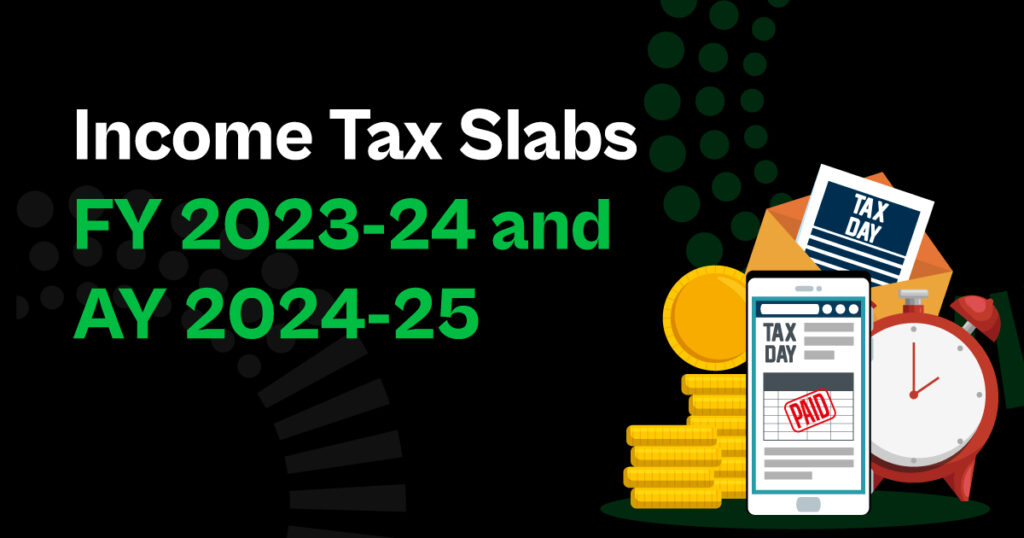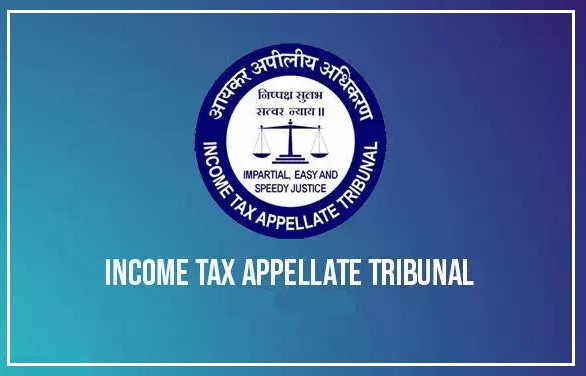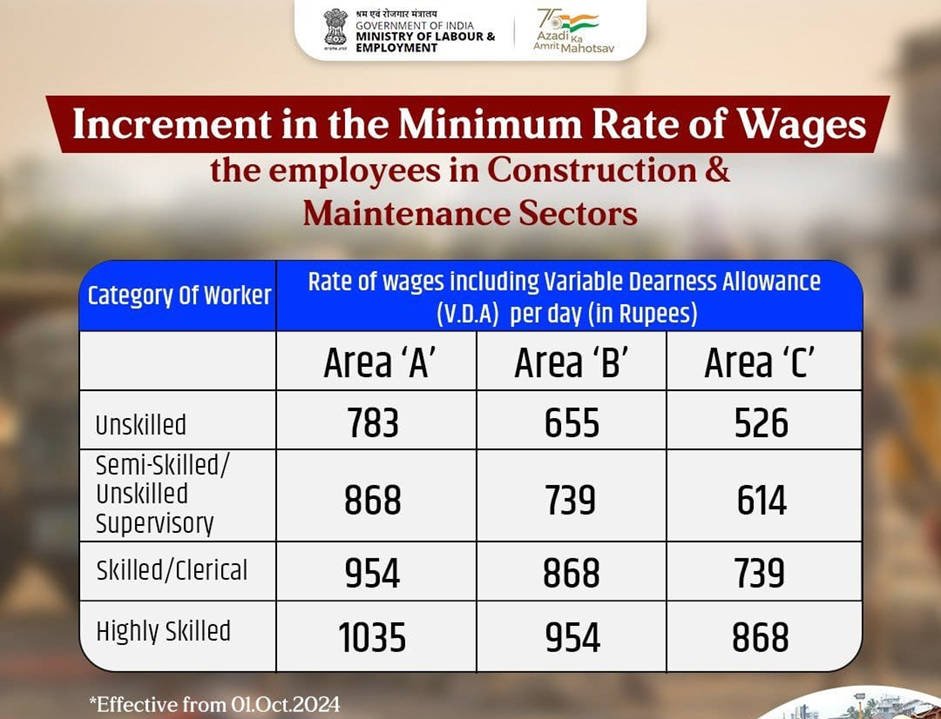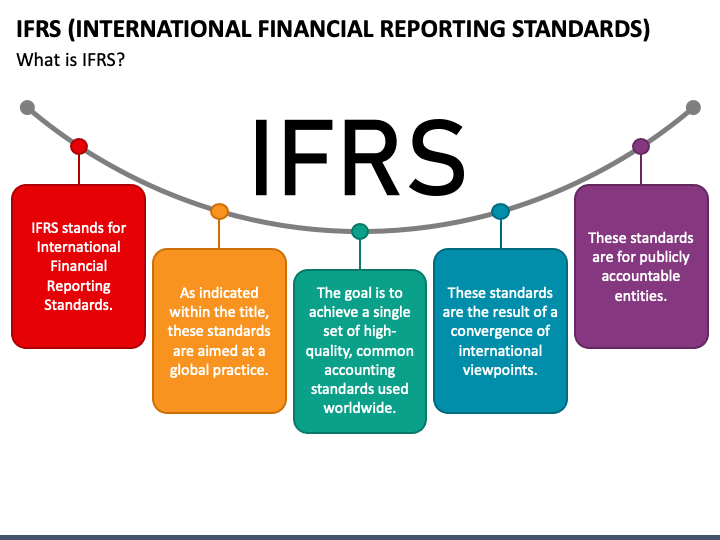Taxability of Dividend Income for AY 2023-24 | A Comprehensive Guide

Dividends are a common form of income for investors, typically received from their investments in shares of companies. Understanding the tax implications of dividend income is crucial for efficient financial planning. This article provides a detailed, step-by-step guide on the taxability of dividend income for the Assessment Year (AY) 2023-24, explaining the relevant provisions, rates, and procedures in a clear and easy-to-understand manner.
What is Dividend Income?
Contents
Dividend income refers to the distribution of profits by a company to its shareholders. It is typically paid in cash or additional shares. Dividends are a way for companies to share their profits with investors, providing them with a return on their investment.
Taxability of Dividend Income: Overview
For the Assessment Year 2023-24, the taxability of dividend income in India is governed by the provisions of the Income Tax Act, 1961. Here are the key points:
- Taxation at the Hands of Shareholders: Dividend income is taxable in the hands of the shareholders at applicable income tax rates.
- Removal of DDT: The Dividend Distribution Tax (DDT), which was previously levied on companies distributing dividends, has been abolished from AY 2021-22. Consequently, dividends are now taxed in the hands of the shareholders.
- Threshold for TDS: If the total dividend paid to a resident individual shareholder exceeds INR 5,000 in a financial year, the paying company must deduct Tax Deducted at Source (TDS) at 10%.
Step-by-Step Guide to Taxability of Dividend Income for AY 2023-24
Step 1: Determine Your Total Dividend Income
The first step is to calculate the total dividend income received during the Financial Year (FY) 2022-23. This includes dividends from all sources, such as:
- Domestic companies
- Foreign companies
- Mutual funds (equity-oriented schemes)
Step 2: TDS on Dividend Income
Understand the provisions related to TDS on dividend income:
- For Resident Shareholders: If the total dividend income exceeds INR 5,000, the company distributing the dividends must deduct TDS at the rate of 10%.
- For Non-Resident Shareholders: TDS is deducted at a higher rate, typically 20%, unless reduced by a Double Taxation Avoidance Agreement (DTAA).
Example:
- If you receive INR 10,000 as dividends from a domestic company, the company will deduct INR 1,000 (10% of INR 10,000) as TDS.
Step 3: Include Dividend Income in Your Total Income
Dividend income must be included in the total income for tax purposes. It is added under the head “Income from Other Sources” in your income tax return (ITR).
Step 4: Compute Tax Liability
The tax on dividend income is computed based on your total income and applicable income tax slab rates. The applicable rates for AY 2023-24 are as follows:
Individual Below 60 Years of Age:
| Income Slab (INR) | Tax Rate (%) |
|---|---|
| Up to 2,50,000 | Nil |
| 2,50,001 to 5,00,000 | 5 |
| 5,00,001 to 10,00,000 | 20 |
| Above 10,00,000 | 30 |
Individual Aged 60 Years or Above (Senior Citizens):
| Income Slab (INR) | Tax Rate (%) |
|---|---|
| Up to 3,00,000 | Nil |
| 3,00,001 to 5,00,000 | 5 |
| 5,00,001 to 10,00,000 | 20 |
| Above 10,00,000 | 30 |
Individual Aged 80 Years or Above (Super Senior Citizens):
| Income Slab (INR) | Tax Rate (%) |
|---|---|
| Up to 5,00,000 | Nil |
| 5,00,001 to 10,00,000 | 20 |
| Above 10,00,000 | 30 |
Example:
- If your total income, including dividend income, is INR 8,00,000 and you are below 60 years of age, your tax calculation would be as follows:
- Up to INR 2,50,000: Nil
- INR 2,50,001 to 5,00,000: 5% of 2,50,000 = INR 12,500
- INR 5,00,001 to 8,00,000: 20% of 3,00,000 = INR 60,000
- Total Tax: INR 12,500 + INR 60,000 = INR 72,500
Step 5: Claim TDS Credit
When filing your ITR, ensure that you claim credit for the TDS deducted on your dividend income. This TDS credit can be claimed while computing the total tax liability, reducing the tax payable.
Step 6: File Income Tax Return
Finally, file your income tax return by the due date, which is usually July 31st following the end of the financial year. For AY 2023-24, you would be filing the return for FY 2022-23. Use the appropriate ITR form based on your income sources:
- ITR-1 (Sahaj): For individuals with income from salary, one house property, other sources (including dividends), and having total income up to INR 50 lakhs.
- ITR-2: For individuals and HUFs not having income from business or profession.
Additional Considerations
- Exemptions and Deductions: Dividend income does not qualify for any specific exemptions or deductions under Sections 80C to 80U. However, overall income can still benefit from other applicable deductions.
- Double Taxation Relief: For dividends received from foreign companies, you may be eligible for relief under DTAA. Consult with a tax advisor to understand the benefits available.
- Advance Tax: If your total tax liability, after considering TDS, exceeds INR 10,000, you must pay advance tax. This is particularly relevant for taxpayers with significant dividend income.
Conclusion
Understanding the taxability of dividend income for AY 2023-24 is essential for accurate tax compliance and efficient financial planning. By following the step-by-step guide outlined in this article, you can ensure that you correctly report your dividend income, compute your tax liability, and claim any applicable TDS credits. Always stay updated with the latest tax provisions and consider consulting a tax professional to navigate complex tax situations effectively.






